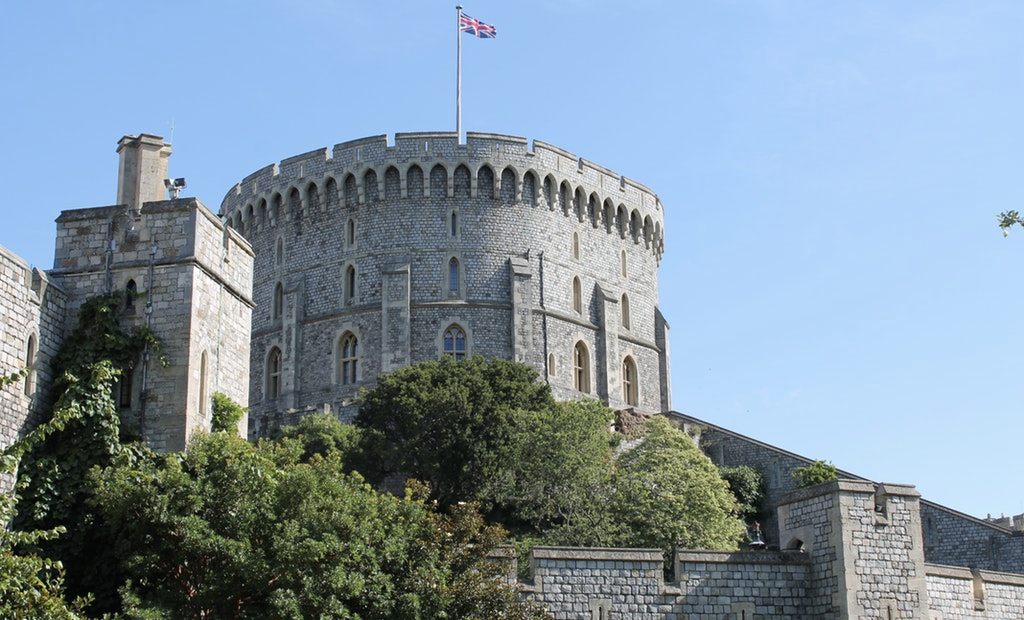The most mysterious medieval castles in Europe

Ever thought of living in a real medieval castle? These structures are quite a spectacle, built with tall, round towers, drawbridges and fortified walls. The castles were developed with unique architectural skills and they are hidden deep in the forest for privacy. Medieval castles are perfect destinations for a dream getaway with a partner or friends.
The UK boasts many such mysterious medieval castles, and there are many spread through mainland Europe, providing an impressive selection for those planning a holiday. Tourists from further afield may have an idea of what to expect, since these castles have some resemblance to renowned castles such as the Crac des Chevaliers.
In addition to the spectacular medieval structure, Europe has a lot to explore. For instance, taking a stroll along the sandy beaches or having a vibrant experience at a glamorous and historic riviera. Any travel time can also be kept entertaining with games on the go. Nowadays people are beyond spoilt, with loads of options ranging from Facebook games to FIFA. Online portals list and advise on the best rated games on the web, often offering comprehensive reviews of each title and linking to guides and strategies.
Some of the outstanding medieval castles to explore in Europe include Kilmartin Castle, Rower Fort, Manorbier Castle, Narrow Water Castle and Craufurdland Castle. Here’s a little information about each.
Kilmartin Castle
This is a hidden gem located in the Argyll region of Scotland. The Kilmartin castle has a vibrant history, including capture by the Campbell clan back in the 1550s. A tour around the castle will reveal arrow slits, massive fireplaces and exposed stone walls. Its immediate environment is comprised of a local pub, restaurants, hill walks and islands. There are also impressive drives in the Scottish countryside, which adds to the experience.
Rower Fort
Rower Fort is a stunning gothic folly that dates back to 1827. It is located in Devon, England. The castle was initially built as a farmhouse on the Sir Francis Drake estate. Recently, it has transformed into a unique holiday destination for adventure lovers. The magical fusion of the castellated tower and the traditional farmhouse is quite a sensation, with a folly featuring a hot tub from which one can relish night views of shooting stars and panoramic views during the day. Those who happen to be spending a few days here can check out The Upcoming‘s essential guide on activities to do while in Devon and Cornwall.
Manorbier Castle
This castle was built in the 12th century, yet it remains an icon of Manorbier village in Wales. The surrounding area comprises a valley with cliffs and a beautiful bay. It is a perfect scene from which to watch the waterfalls while delving into the rich history of Welsh folklore. There is also a dungeon exhibition and a smugglers tunnel, which is thrilling, especially for younger visitors.
Craufurdland Castle
A trip to Craufurdland Castle seems like a fairytale. It is among the oldest in Scotland, nestled on a massive 600-acre piece of land. The stunning land around the castle includes dense woodland covering the Ayrshire countryside. This castle is just a 20-minute drive away from Glasgow, the most populated city of Scotland. Therefore, for those who need a tranquil and peaceful moment for themselves with easy access to the city, this is the perfect location. Unique features that put Craufurdland Castle above the rest include massive open grounds, amazing interiors and unmatched history.
Narrow Water Castle
Anyone taking a trip to Northern Ireland should look for the iconic Narrow Water Castle, which plays host to a gem of an apartment. Although it was constructed in the 1680s, it has been renovated recently to include luxury lodgings that accommodate six people. Some of the features that make this a perfect destination are the interior and exterior granite beams. The castle is located in the countryside, so one can spend a few nights here while enjoying hiking and country pubs.
The editorial unit





















Facebook
Twitter
Instagram
YouTube
RSS